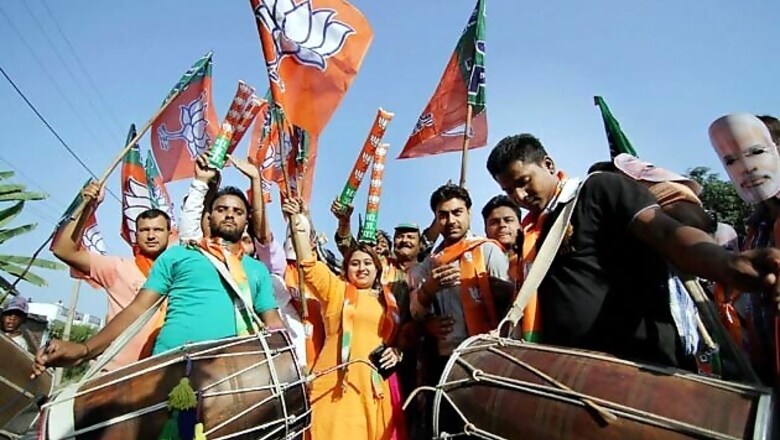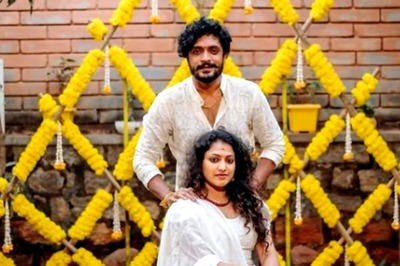
views
There has been a dramatic and tectonic shift in the political landscape of India in the last few months. In the last two-and-a-half-decades one-party rule at the Centre and states were replaced with coalition government as regional parties started to flex their muscles.
Come 2014 and an extremely aggressive Bharatiya Janata Party led by the charismatic Prime Minister Narendra Modi reversed the trend of regional parties calling the shots and ushered in an era of a national party holding the reins.
After a superlative win in the 16th Lok Sabha elections, the Modi charisma faced its biggest test in Maharashtra and Haryana Assembly elections. During the Lok Sabha elections in April and May 2014, the BJP had big allies in both the states. In Maharashtra it was with the Shiv Sena and a few smaller parties while in Haryana Kuldeep Bishnoi's Haryana Janhit Congress (HJC) was also a part of the National Democratic Alliance (NDA).
In the run up to the elections, BJP lost two key allies - Shiv Sena in Maharashtra and HJC in Haryana. Lacking big state leaders and a strong party cadre in both the states, the BJP faced the prospects of taking on strong rivals.
The party was caught in a four cornered contest in Maharashtra after the Congress and Nationalist Congress Party alliance too fell apart. In Haryana, Om Prakash Chautala's Indian National Lok Dal was looking to upset the BJP applecart with the Congress too hopeful of retaining power claiming that it had carried out a lot of development during its 10-year rule.
Just like the Lok Sabha elections, BJP's campaign was centred on Modi who promised to provide a clean, corruption-free and development oriented government. With a demoralised Congress facing massive anti-incumbency and corruption charges in both the states, the stage was set for Modi to once again deliver another knockout punch to the Grand Old Party of India.
Even as allies like the Shiv Sena played hardball, Modi along with his National President Amit Shah put in place a grand plan to conquer both the states. Keeping the campaign focussed on governance issues and targeting its rivals for their inability to either provide an effective government or come up with a development roadmap, Modi went to voters promising them what they had been longing for.
An army of charged up workers and leaders, fresh from the Lok Sabha election victory, fanned the length and breadth of both the states.
Both Maharashtra and Haryana saw a large number of voters coming out to exercise their franchise with the latter breaking its all time record as over 76 per cent of the electorate came out to press the EVM button.
In just about an hour after the EVMs were opened on October 19, it became clear that "Modi Magic" was very much in play as the BJP swept Haryana and emerged as the single largest party in Maharashtra.
In both the states BJP played its cards right and showed that the electorate was willing to back a party which came up with a development agenda shorn of divisive issues.
Despite lacking a pan-state leader in both the states, BJP had the advantage of having a government at the Centre and in Modi a leader who was not only decisive with a no-nonsense attitude but also radiated confidence.
With well-oiled election machinery, the BJP led by Modi proved to be far superior to its rivals and steamrolled them in both the states.
Congress and INLD were knocked out cold in Haryana while Shiv Sena watched helplessly as the BJP gave a befitting reply to its arm-twisting tactics by leapfrogging to the pole position and giving its former ally a lot of food for thought. The Congress and NCP were left fighting for the leftovers.
Maharashtra results:
BJP+: 123
Shiv Sena: 63
Congress: 42
NCP: 41
Others: 18
MNS: 1
Haryana results:
BJP: 47
INLD: 20
Congress: 15
HJC+: 2
Others: 6




















Comments
0 comment